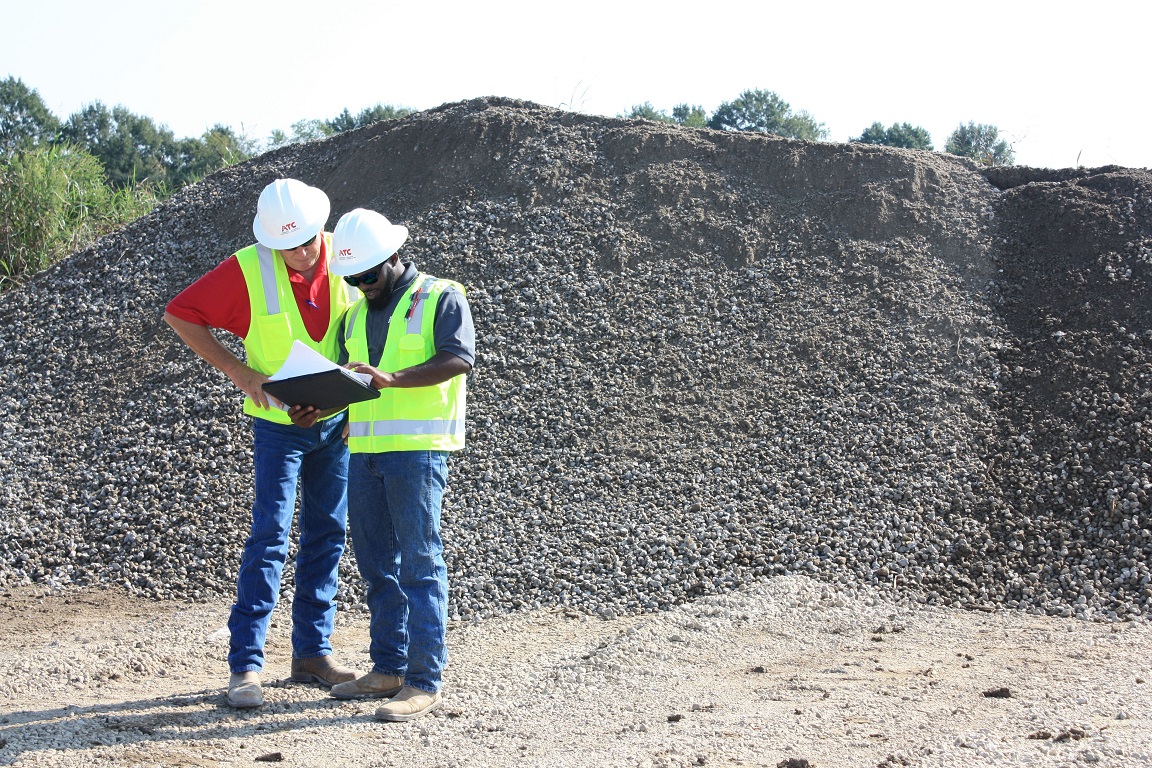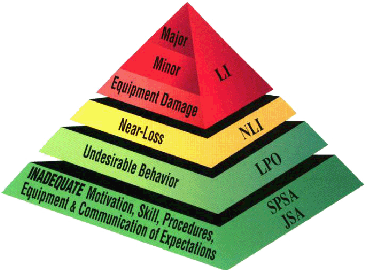Health & Safety
Elite is committed to providing a healthy and safe workplace and to eliminating conditions that could result in personal injury and ill health.

Elite’s operations will comply with applicable regulations, and with accepted health and safety, and environmental protection standards. Elite will provide a safe and healthy environment for its employees and members of the public who come onto Elite project worksite premises who would be affected by construction activities.

A construction site can be a hazardous environment. Elite recognizes its responsibility to provide healthy and safe working conditions. Through employee training programs, daily site evaluations, weekly safety meetings, and written programs, we have successfully met or exceeded both federal and state mandated regulations for employee safety.
These efforts have resulted in “No Lost Time” from projects. While we are proud of this record, we recognize the constant vigilance necessary to continue this degree of safety.
All Elite employees are responsible and accountable for safety performance and environmental protection. Brief descriptions of the general responsibilities of the health & safety officer and employees are as follows.
Our Health & Safety Officer is responsible for the following:
- Implementation of all programs listed in this plan
- Maintaining programs and training records
- Updating the programs when necessary
- Assuring that the employees have adequate and appropriate training
- Maintaining MSDS sheets and ensuring the adequacy of container labeling
Our Employees are responsible for the following:
- Complying with all listed programs
- Taking all reasonable precautions to prevent injury to themselves and to their fellow employees
- Performing only those tasks that they believe they can do safely and immediately reporting any accidents and/or unsafe conditions to the health & safety officer.
We are LPS certified and API trained!
LPS
LPS is a system to prevent or reduce incidents and to improve safety and health, using tools and techniques that focus on behavior. The behavior-based methods in LPS have been shown to be highly effective in improving safe work practices. Behavior is a key contributing factor in more than 90% of incidents. Addressing behavior is essential to improving safety and health.
Disciplinary
This program will assist management, supervisory and non-supervisory employees in controlling hazards and risks which will minimize employee and customer injuries, damage to customer’s property and damage or destruction of company property. This program is designed to encourage all employees to promote the safety of their fellow employees and customers.
This health and safety plan includes the following programs:
Benzene, bloodborne pathogens, cadmium, disciplinary, electrical safety, fire prevention, hazard communication, hazardous waste operations and emergency response (HAZWOPER), HAZWOPER / RCRA (resource conservation and recovery act), lead, noise, personal protection equipment, and respiratory protection. The following are the brief summaries of the programs.
Health & Safety Programs:
This emergency response program is established with regard to the following types of operations:
- Clean-up operations as required by government hazardous substances regulations regarding
- Uncontrolled hazardous waste sites;
- Clean-up activities and operations at waste sites regulated by the Resource Conservation and Recovery Act of 1976 (RCRA);
- Clean-up operations voluntarily performed at sites recognized by
government as being “uncontrolled”; - Hazardous waste operations at storage, treatment or disposal
government regulated facilities; and - Operations when responding to emergencies involving either the release
of, or the substantial threat of a release of, hazardous substances.
The purpose of these guidelines is to minimize the lead and reparable dust exposure of personnel performing abrasive blasting, welding, cutting, brazing or other work on painted or primed material. This program applies to all work locations under the control of Elite where an employee or subcontract personnel may be occupationally exposed to lead.
The noise hazards within Elite facility and project sites will be evaluated, and the information concerning the hazards of noise exposure is transmitted to all employees. This standard practice instruction is intended to address comprehensively the issues of; evaluating the potential hazards of noise, communicating information concerning these hazards, and establishing appropriate protective measures for all employees.
The jobs having a potential for employee injury within
This program is established to control occupational diseases caused by breathing air contaminated with harmful
